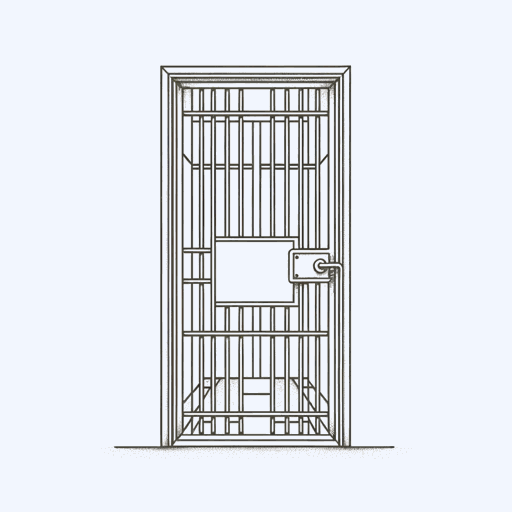64 pages • 2 hours read
Philip G. ZimbardoThe Lucifer Effect: Understanding How Good People Turn Evil
Nonfiction | Book | Adult | Published in 2007A modern alternative to SparkNotes and CliffsNotes, SuperSummary offers high-quality Study Guides with detailed chapter summaries and analysis of major themes, characters, and more.
Chapters 2-9Chapter Summaries & Analyses
Chapter 2 Summary: “Sunday’s Surprise Arrests”
On Sunday, August 14, 1971, Zimbardo enlists the help of Palo Alto, California police to stage arrests of nine subjects who have volunteered to participate in an experiment, most of which Zimbardo describes in the present tense throughout subsequent chapters. The volunteers know only that the experiment is related to prisons. They know nothing else of the experiment—even the realistic arrests are a surprise. Most subjects understand to some degree that the arrests are part of the experiment, but their friends, family members, and neighbors believe they are really being arrested. The first five subjects are charged with burglary and the next four are charged with armed robbery. A San Francisco TV director accompanies Zimbardo and the police, filming the arrests to feature the experiment on that night’s evening news.
Zimbardo is interested in studying the psychology of the relationship between prisoner and guard to “differentiate between what people bring into a prison situation from what the situation brings out in the people who are there” (32-33). Zimbardo previously has conducted similar experiments to observe how people react to unexpected temptation to commit bad acts. Situations in which people are unrecognized or unknown enable “anti-social, self-interested behaviors” (25).
For the 1971 experiment, Zimbardo’s team screens applicants and selects 24 research subjects.

